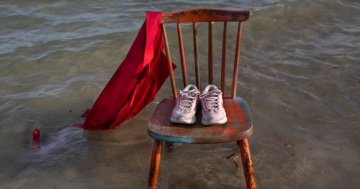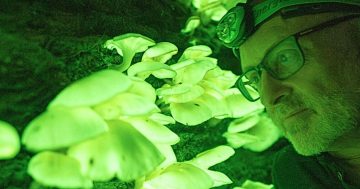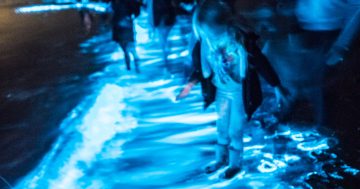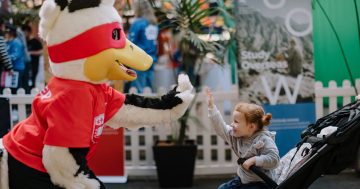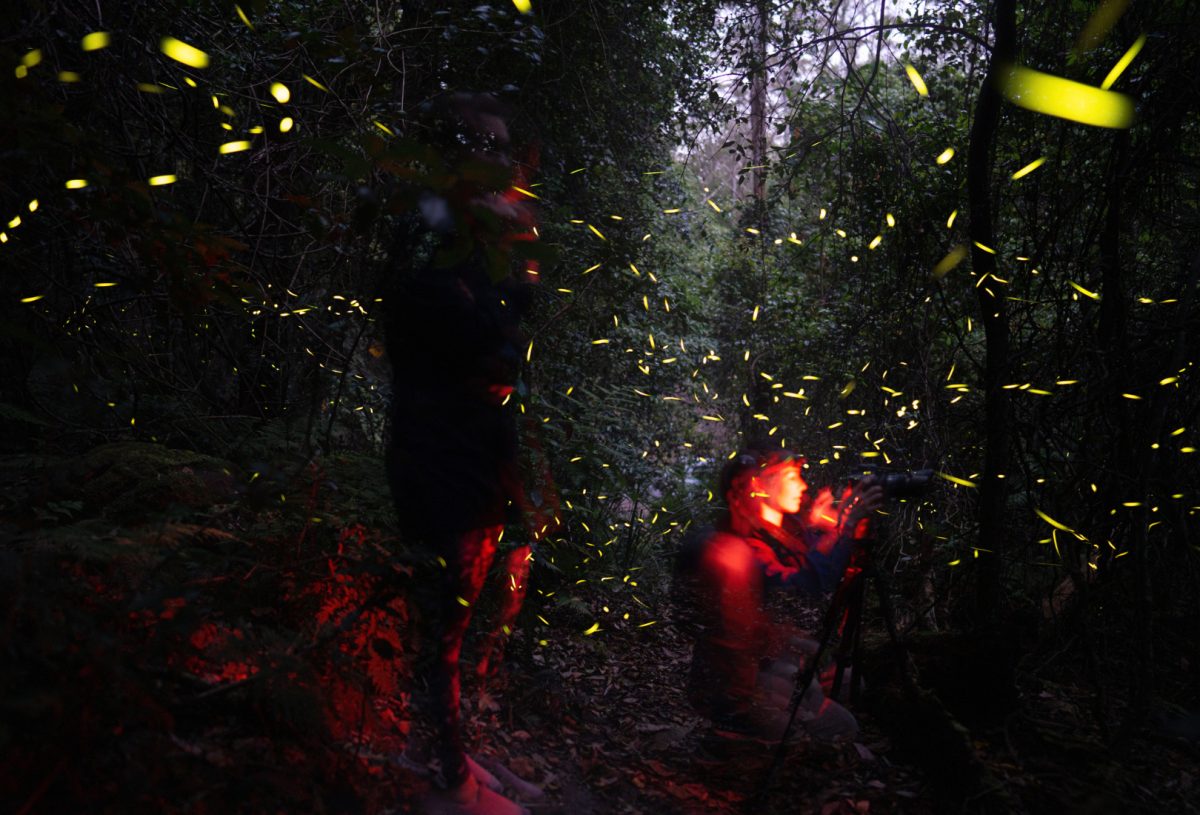
Bioluminescence enthusiast David Finlay is putting on a lecture talk at Dapto to educate people on fireflies and glow worms in the area. Photo: Supplied.
Kiama nature and bioluminescence enthusiast David Finlay has been inundated with interest in firefly and glow worm nature walks, prompting a lecture talk in November.
David has been running free informal events and photography workshops introducing people to fireflies and glow worms at the Cascade Falls at the bottom of Macquarie Pass for many years, but a social media post gauging interest for the idea of nature walks saw spots filled within 24 hours.
To cater to the demand, David is putting on a lecture talk at Dapto on 16 November to help educate people on how to find the insects and preserve their habitat.
“I’ve been doing this on an informal basis on a small scale and for free for probably the last six or seven years,” David said.
“Recently I just posted on Facebook saying, ‘Anybody want to come join me to see the fireflies at Cascade Falls?’.
“About 250 people said that they were going and about 7000 were interested.
“The problem with that, obviously, is even if the 250 people turn up, it would just be absolute chaos, let alone half the 7000 people.”
David is now working with the National Parks and Wildlife Service in regards to the walks.
He said the reason for the interest in the “light-emitting” attractions was twofold.
“It’s just one of those magical experiences that you only see on the news or on TV from overseas, like America or Japan,” he said.
“People also get exposed to it in books and movies – it is this magical fantasy-type thing.
“But Australians don’t realise we actually have 25 native species of fireflies here.”
He said fireflies could be found in Queensland for up to six months of the year, but in the Illawarra there was only a small window of opportunity between November and December to see them, depending on weather, temperatures and rain.
“For southern New South Wales, realistically it’s only about three weeks where you get to see them well,” he said.
“Here, it’s a very short mating period and the display itself only occurs for about 45 minutes each night during that three- or four-week period.”
He said the Dapto talk would educate people on how to discover them for themselves.
“It really is all about sharing it, but it’s also about resetting some of the behaviour I have witnessed in some people that go out to these environments to see the fireflies but they don’t have that education,” he said.
“It’s one of the sad things that I’ve witnessed just recently … they were trampling through the habitat or stomping through the bush, destroying the habitat, they were capturing fireflies in jars, interfering with them, shining lots of torches – doing all the things that would actually lead to the destruction of the fireflies.”
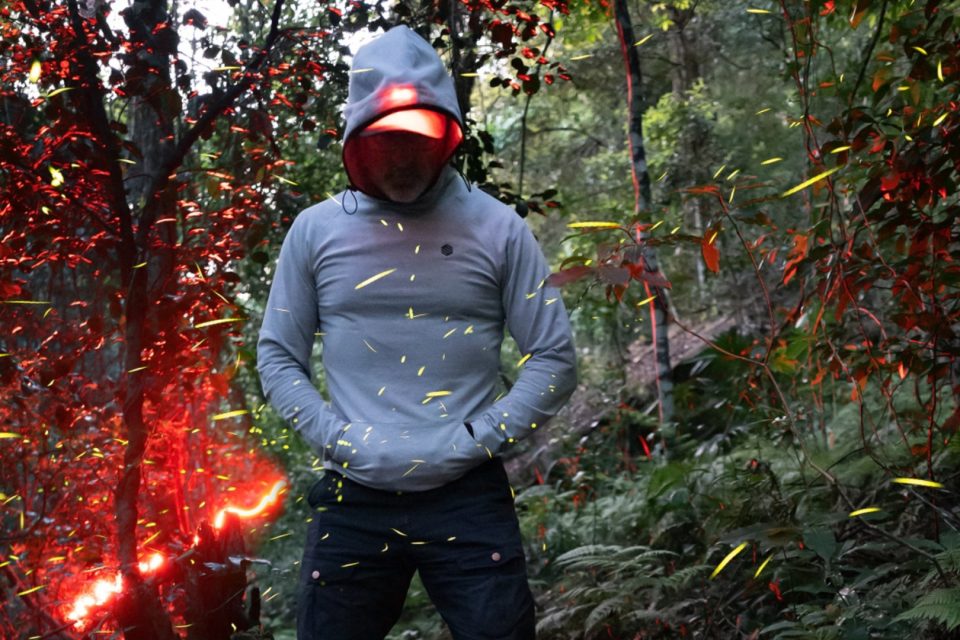

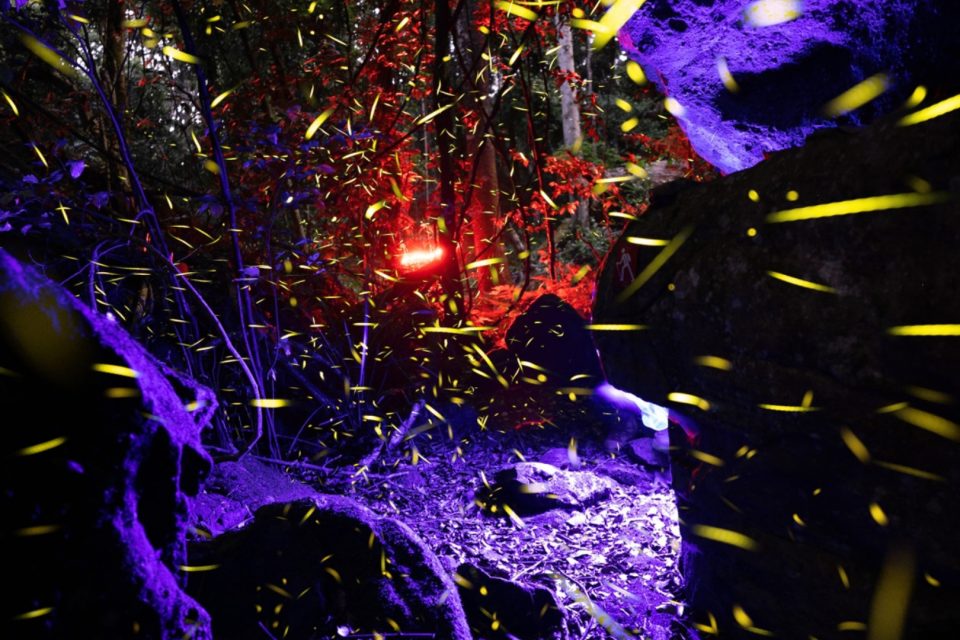
David said there was a balance between keeping these natural wonders secret but, once the word was out, also the responsibility to educate people.
“Otherwise, just through our own bad habits, we’re going to destroy these things,” he said.
“It’s fine to be enthusiastic about wanting to go out there and see them, but we need to have a low footprint when we do that, so the habitats remain healthy and the populations in the colonies of the fireflies and other insects are maintained well into the future.”
During the talk, participants will learn about where, when and how to see fireflies and glow worms.
It would also focus on ghost mushroom fungi – mushrooms that glow in the dark, and sea sparkles – the bioluminescence sometimes seen in ocean waves along the Illawarra and Shoalhaven coasts.
“Glow worms are interesting in that in a lot of habitats that have fireflies you may also find glow worms – they share the same habitat,” David said.
“They’re unrelated to each other but they both produce bioluminescence, they are life forms that produce their own light.
“The cool thing with glow worms is that you will only find glow worms in Australia and New Zealand.”
David said glow worms could be found all year round, but were more numerous during summer and brighter during winter.
He said the Illawarra escarpment and Kangaroo Valley were ideal for fireflies and glow worms because they had numerous dark and wet habitats and a low fire risk.
Neither could survive habitats that experienced fires.
David said his own interest in bioluminescence started at an early age and was about “finding the things that you enjoy in life”, with it also being great for mental health.
“If you’ve got something not so great going on in your life or a change in your life, it’s these sort of things that can just give you a lot of simple joy and put your life in perspective,” he said.
“It’s like, ‘Well, come out and have a look at this little slice of magic and put a smile on your face’.”
As a result of that, the events will raise funds for the not-for-profit Eeny Meeny Miney Mo Foundation, which raises awareness about parental alienation for children.
The Firefly, Glow Worm and Bioluminescence Lecture will be held at Dapto Ribbonwood Centre on 16 November at 6:30 pm.








